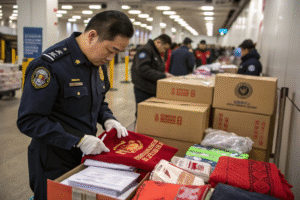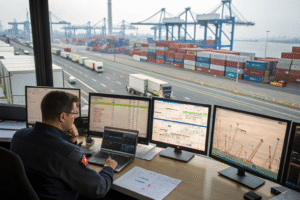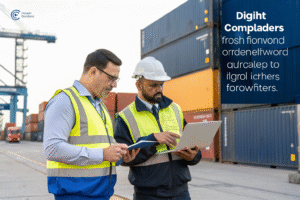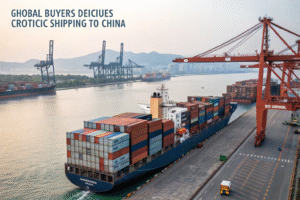You check the freight rate this week — it’s $3,400. Next week? $4,800. And you didn’t change a thing. If that sounds familiar, you’re not alone.
Freight prices from China are influenced by multiple factors including seasonality, fuel surcharges, equipment availability, and port congestion. These variables cause weekly — sometimes daily — fluctuations in shipping costs.
Understanding what drives these changes helps you plan better, negotiate smarter, and avoid budget-breaking surprises. Here’s how it works.
Seasonal trends that impact China freight rates
Freight pricing isn’t static. Like airline tickets or hotel rooms, shipping costs go up and down with demand — especially around holidays and global events.
The busiest times for shipping from China drive rates higher due to limited space and increased competition. Planning around these seasons helps you avoid peak pricing.

What are the peak seasons for China freight?
| Period | Impact | Reason |
|---|---|---|
| January–February | High | Chinese New Year closures trigger last-minute shipping |
| June–August | Medium-High | Back-to-school and summer retail prep |
| September–November | Highest | Pre-Christmas shipping and Q4 replenishment |
| December | Medium | Reduced production and early holiday closures |
Shipping a 40HQ container from Ningbo to LA in early October might cost $4,800. Ship the same in April? Just $3,200.
At GeeseCargo, we advise our clients to book 2–3 weeks ahead of peak periods, especially before Golden Week and Christmas.
Are there low-season advantages?
Yes. March–May and July tend to have better rates, more vessel space, and faster customs clearance. These are ideal times for stockpiling non-urgent or long-cycle products.
We helped one client shift 25% of their shipping calendar to low season — reducing total freight spend by 18% annually.
How fuel prices and surcharges affect shipping costs
Even if container rates stay stable, your total shipping quote can rise due to fuel-related surcharges — often without warning.
Freight carriers apply BAF (Bunker Adjustment Factor) and FSC (Fuel Surcharge) fees to offset fuel price volatility. These surcharges rise when oil prices increase.

What fuel surcharges are added to freight?
| Surcharge | Mode | Description |
|---|---|---|
| BAF | Sea | Covers fluctuations in marine fuel prices |
| EBS | Sea | Emergency Bunker Surcharge during fuel crises |
| FSC | Air | Adjusts for aviation fuel cost hikes |
| LSS | Sea | Low Sulphur Surcharge for emission compliance |
For example, if Brent Crude rises from $70 to $95 per barrel, sea freight BAF could increase by $150–$300 per container.
Can you avoid these charges?
Not entirely — but you can reduce exposure:
- Book all-in rates with fuel included
- Choose reliable forwarders who explain surcharges clearly
- Monitor oil trends to time your bookings during dips
At GeeseCargo, we include current BAF/FSC in every quote. Clients are never hit with surprise fuel charges at invoicing.
Container availability and its role in pricing
No containers = no shipments. When equipment is scarce, prices go up — even if port capacity and demand stay the same.
Container shortages — especially 40HQ units — drive up freight rates as shippers pay premiums to secure space. This often happens during peak season or post-holiday restarts.
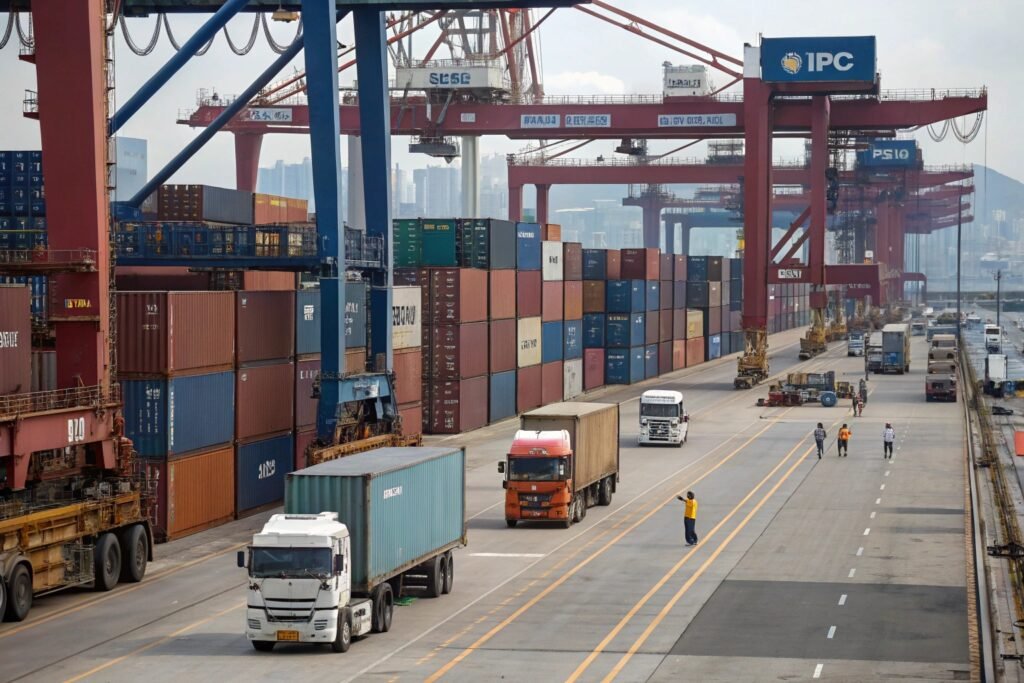
Why do container shortages happen?
| Cause | Impact |
|---|---|
| Trade imbalance | Too many empties stuck in Europe/U.S. |
| Factory shutdowns | No cargo = containers sit idle |
| Port strikes or congestion | Containers can’t return fast enough |
| New carrier alliances | Shifts in container distribution |
In 2021, container rental rates in Yantian soared 70% due to backlogs. That pushed FCL spot prices from $2,800 to over $6,000 in under two weeks.
How can forwarders help?
We pre-allocate equipment through our carrier partners, and we:
- Track equipment availability per port
- Reserve containers early for peak periods
- Offer container pooling solutions for multiple clients
This means even during high-demand weeks, our clients get guaranteed boxes at contracted rates — not last-minute markups.
Port congestion and its influence on freight rates
You can book early, pay on time, and still get delayed. Why? Because port congestion — both in China and the U.S. — backs up vessel schedules and drives rates higher.
When ports get congested, shipping lines reduce available sailings, raise prices, and pass congestion surcharges onto shippers.
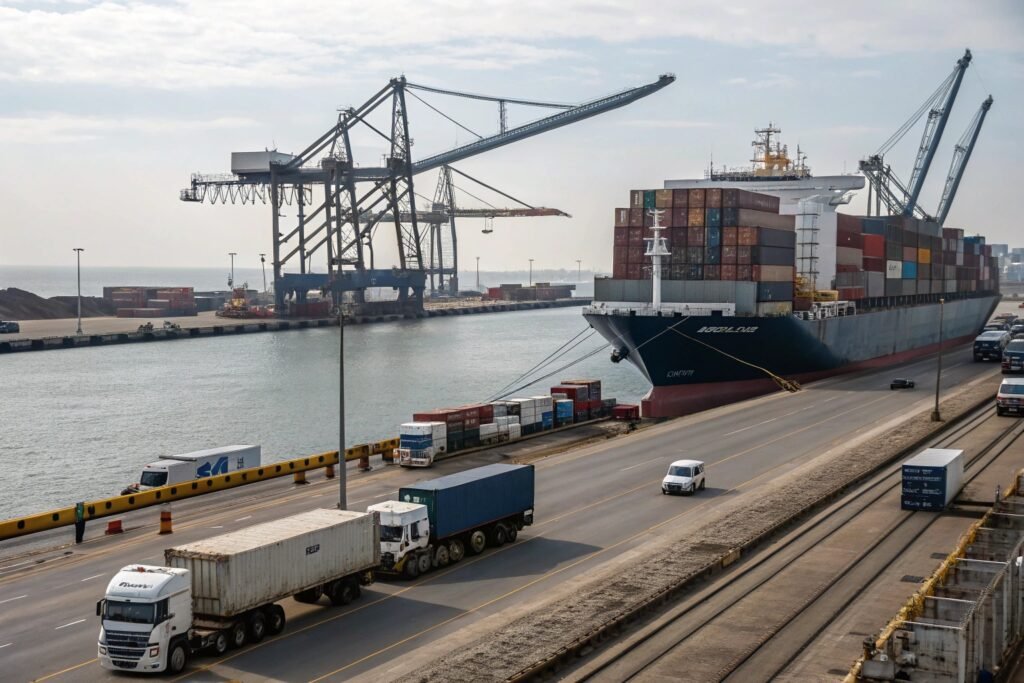
What causes port congestion?
| Factor | Example |
|---|---|
| Holiday Surges | Chinese New Year backlog |
| Labor Shortages | U.S. port strikes or trucker protests |
| Infrastructure Limits | Terminal construction or crane shortages |
| Weather Events | Typhoons in East China Sea or Pacific storms |
| Pandemic Measures | Quarantine at terminal entrances |
During severe congestion at Long Beach, some ships wait 7–10 days to berth. That delay leads to:
- Missed sailing schedules
- Rebooked containers
- Temporary space shortages
- $150–$300 in congestion surcharges
We actively monitor port performance and re-route cargo to less crowded terminals like Oakland, Tacoma, or Savannah when possible — keeping cargo moving and costs predictable.
Conclusion
Freight prices from China aren’t random — they’re shaped by seasons, fuel costs, equipment supply, and port conditions. By understanding these factors and working with a reliable partner like GeeseCargo, you can ship smarter, control costs, and plan with confidence.
